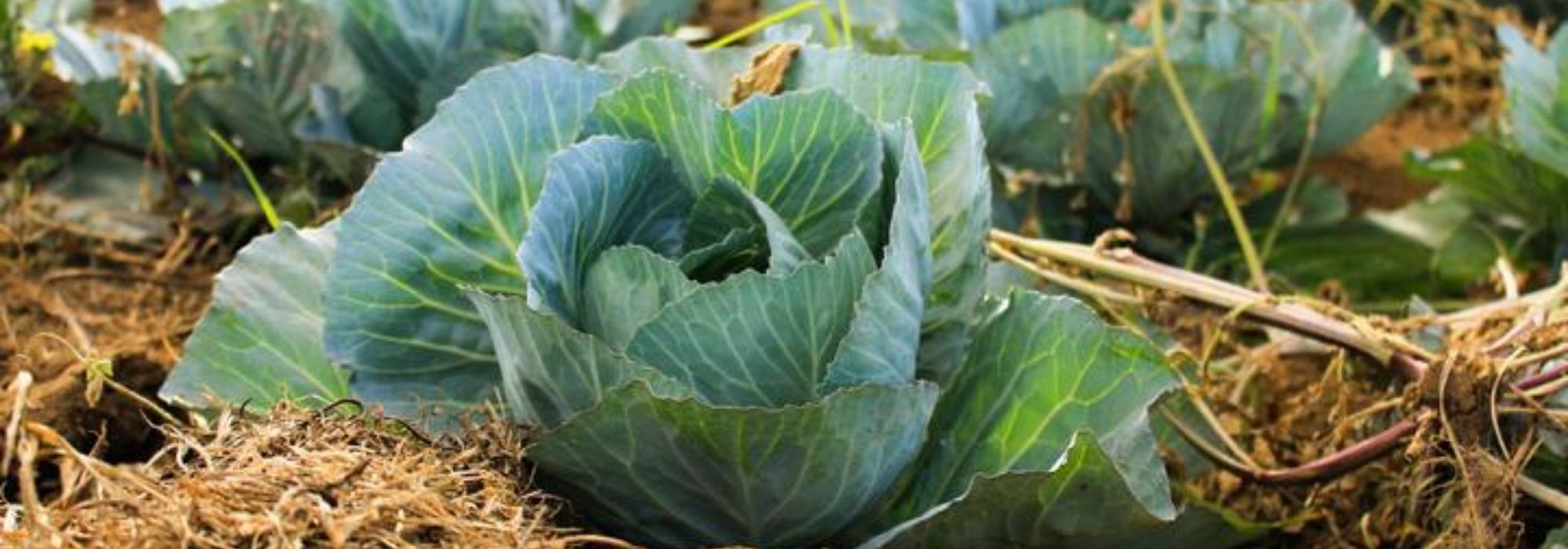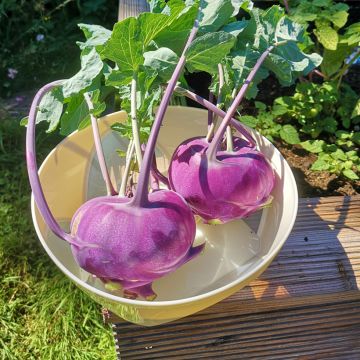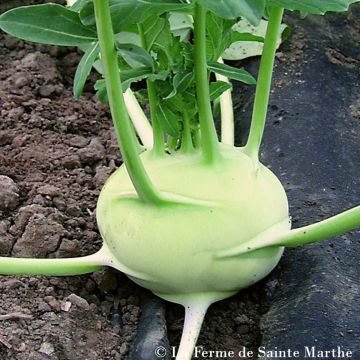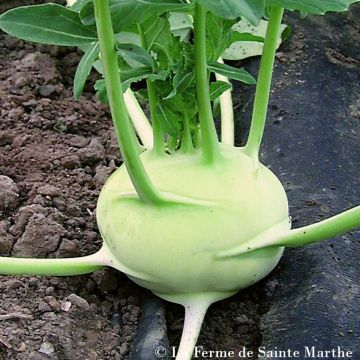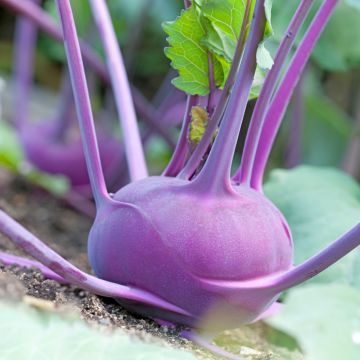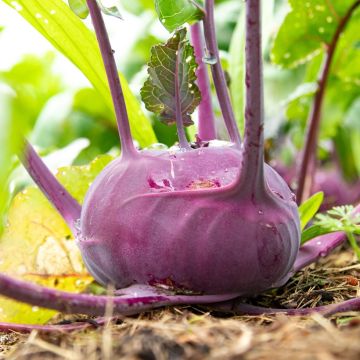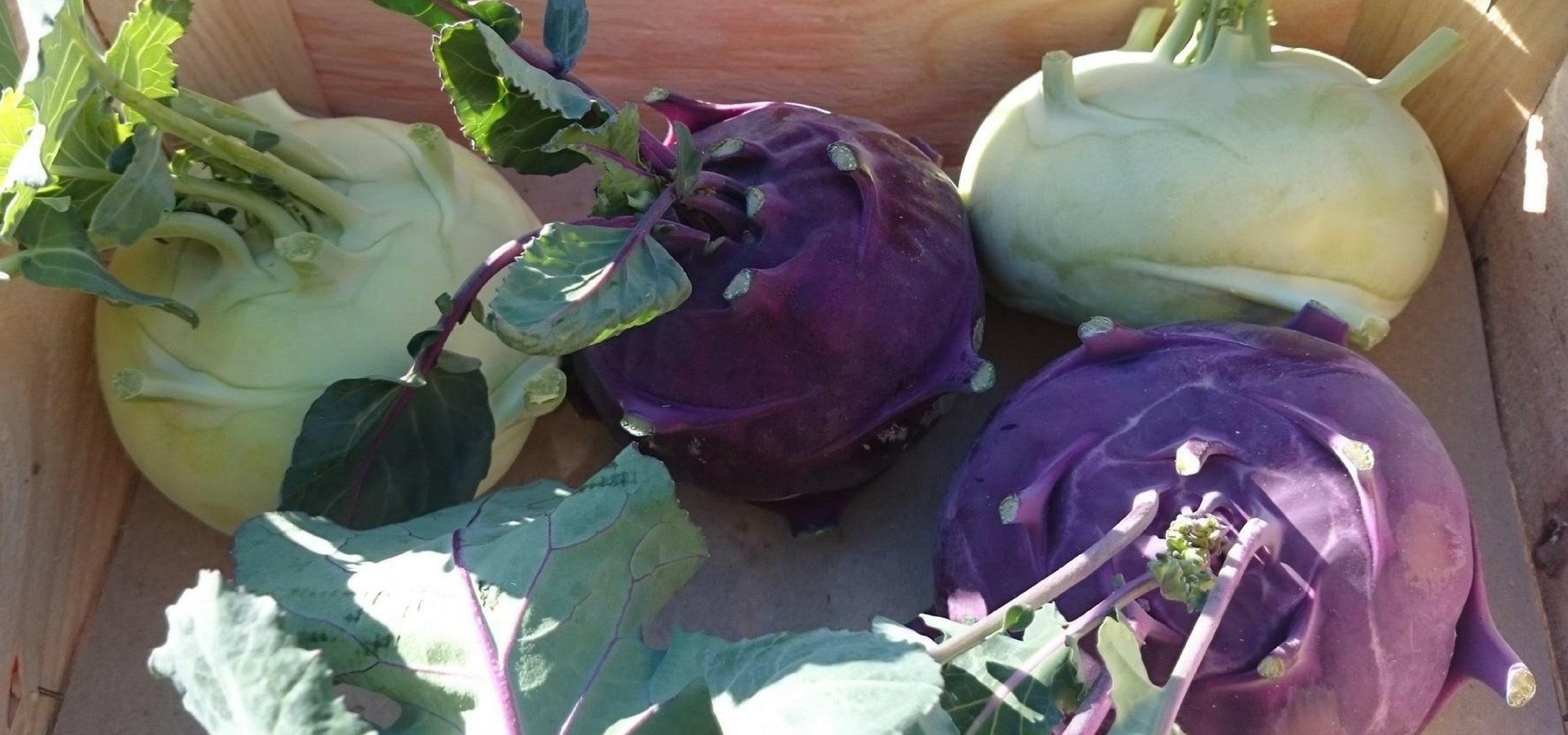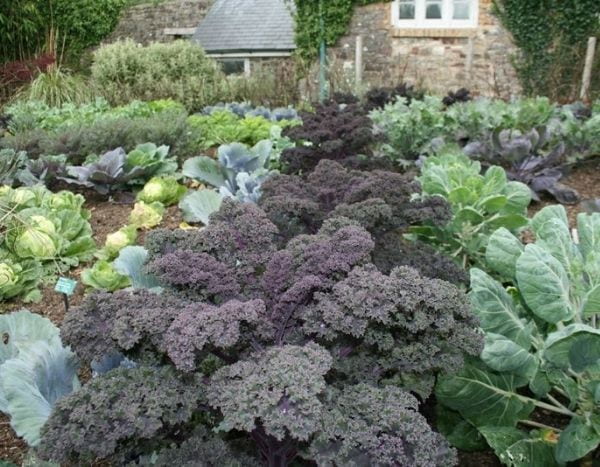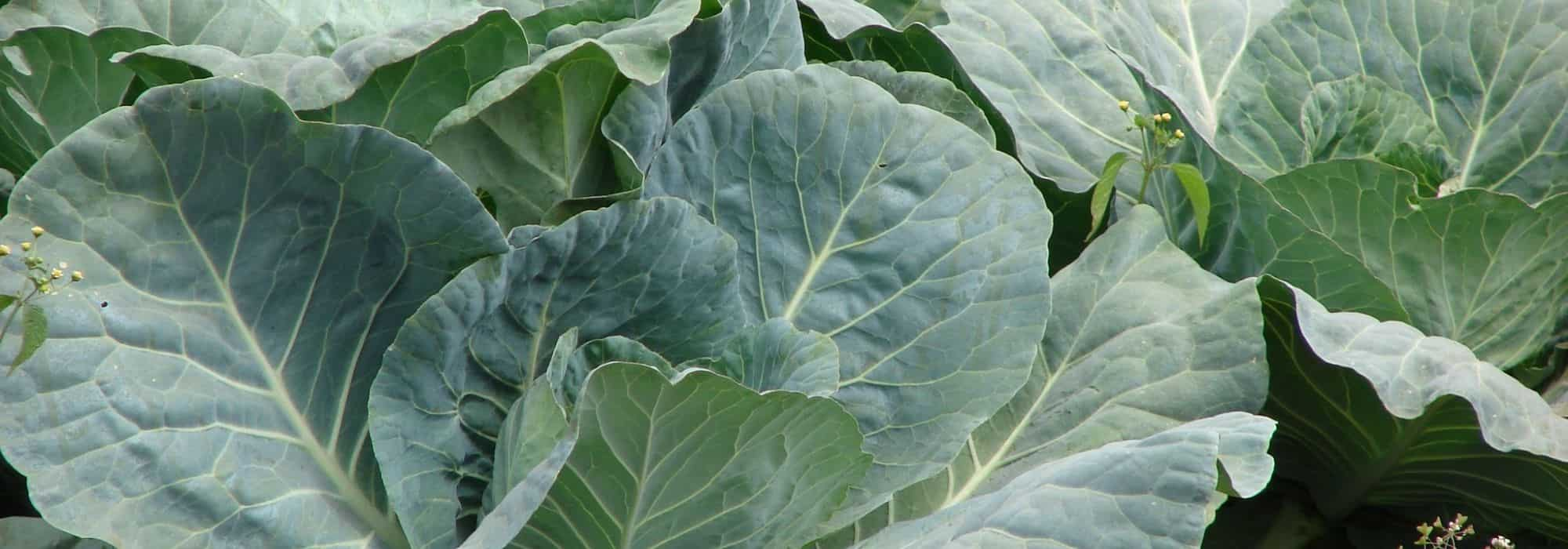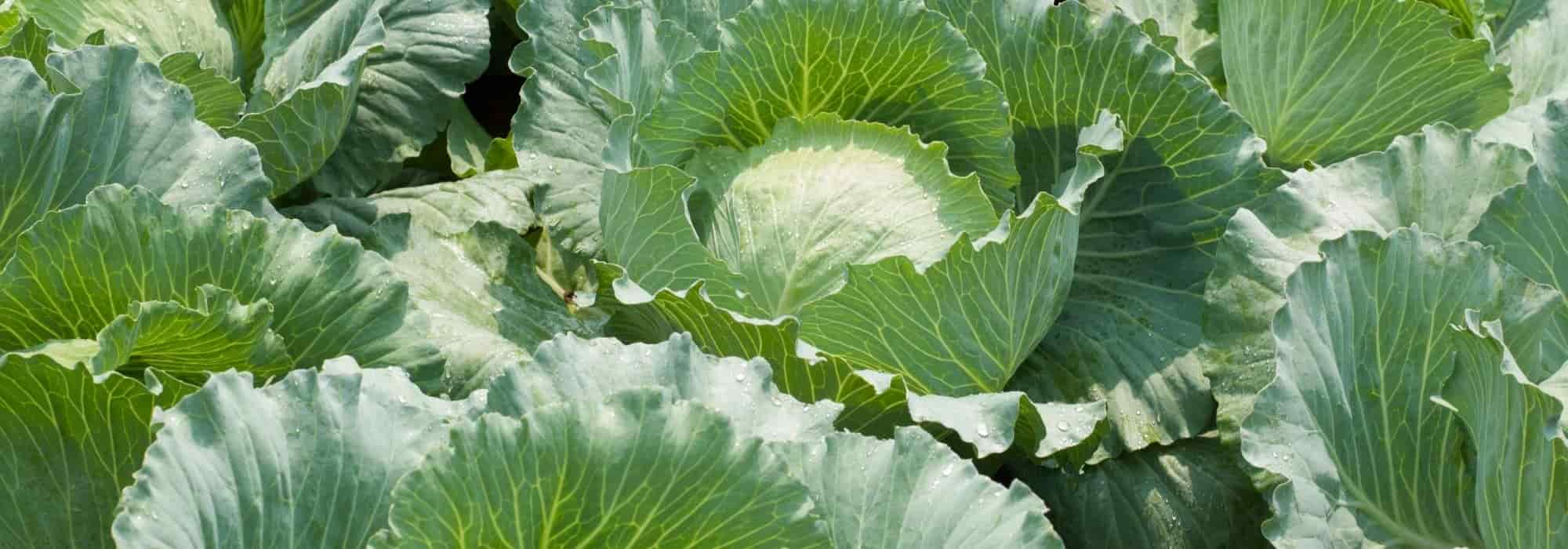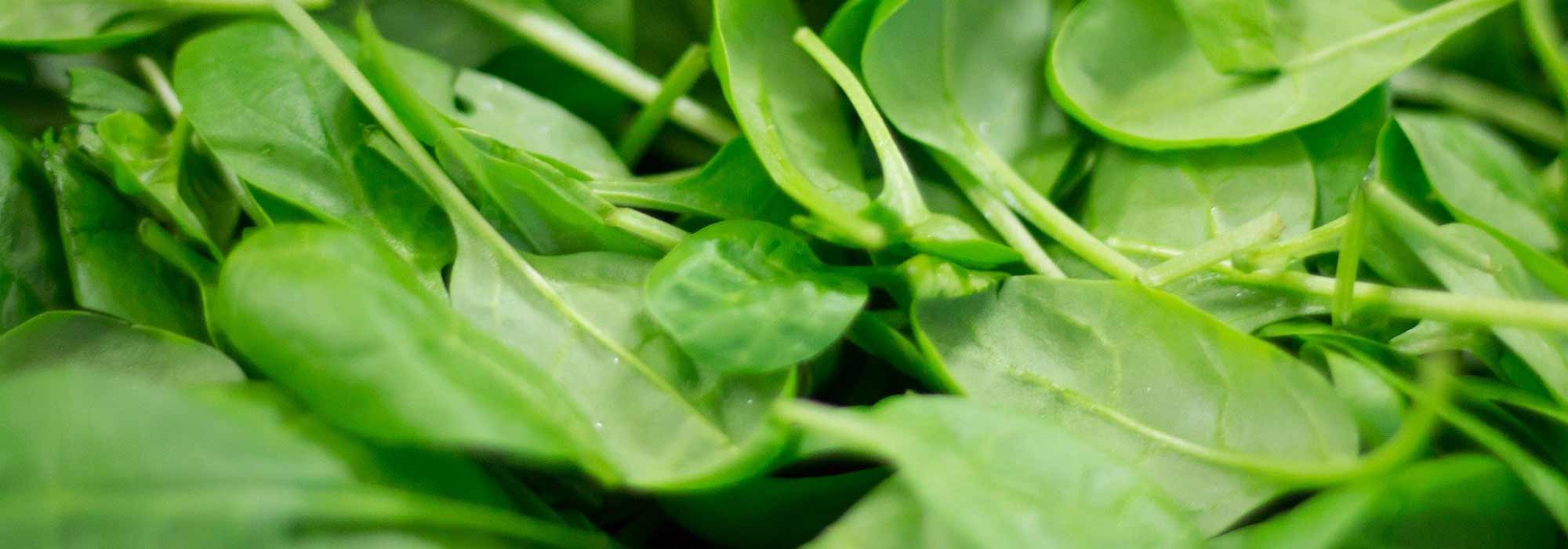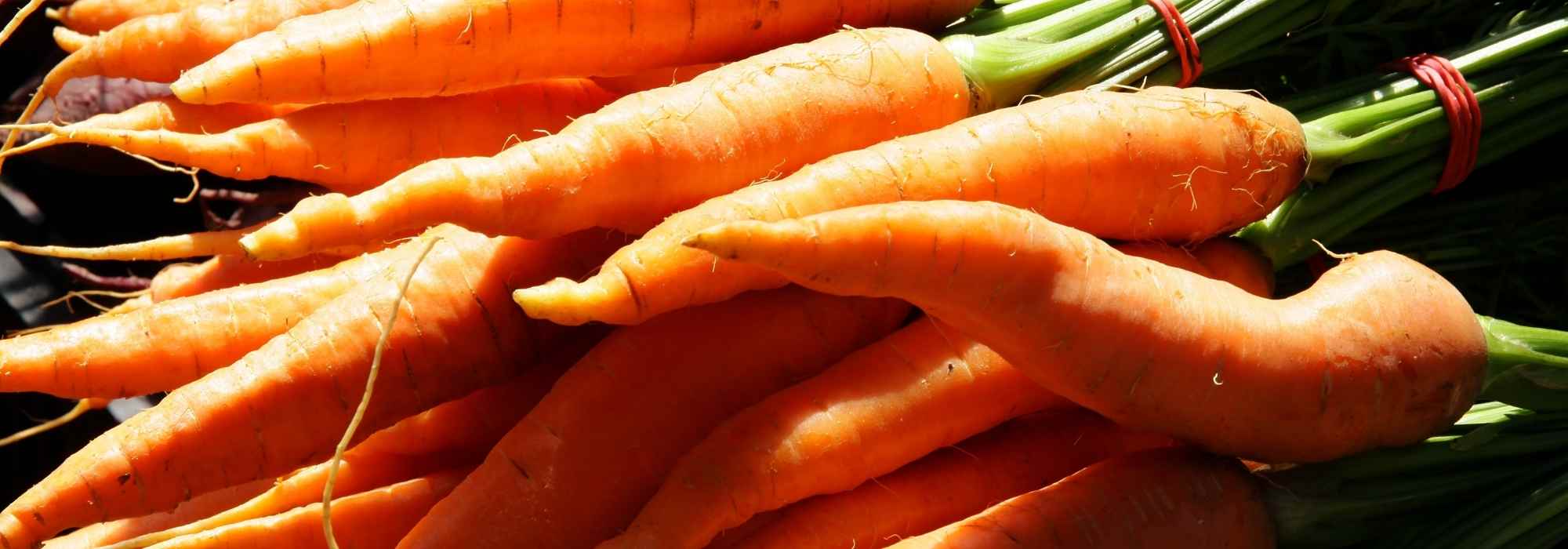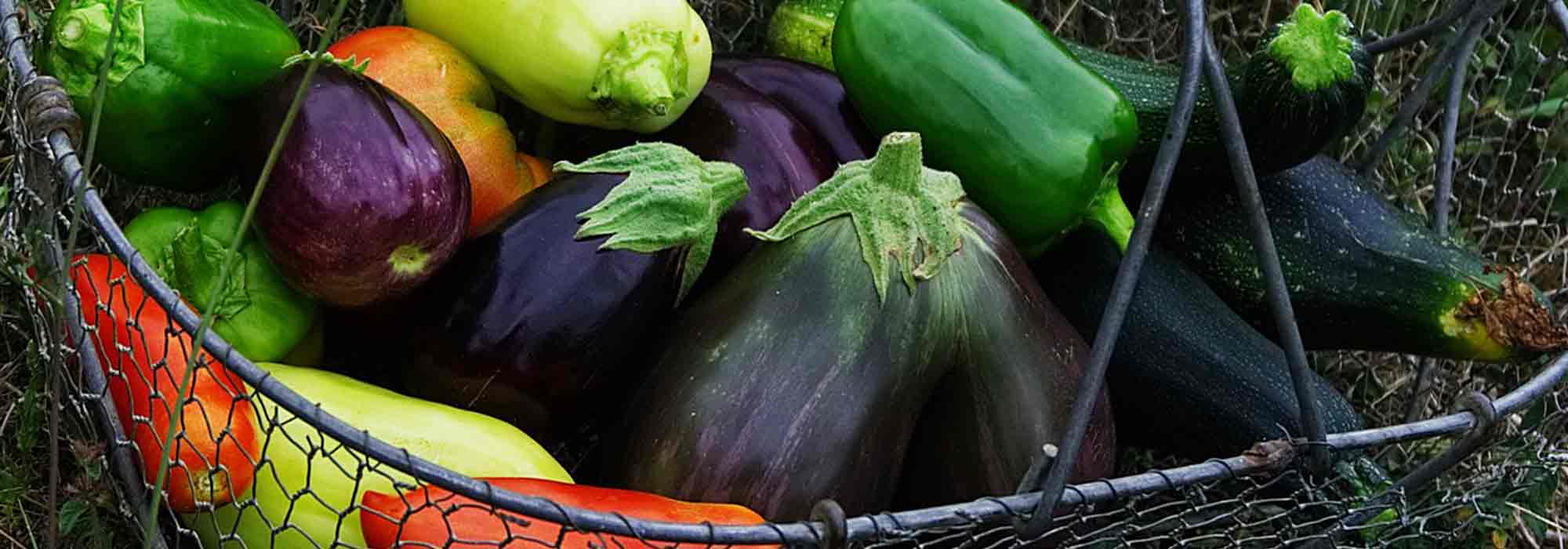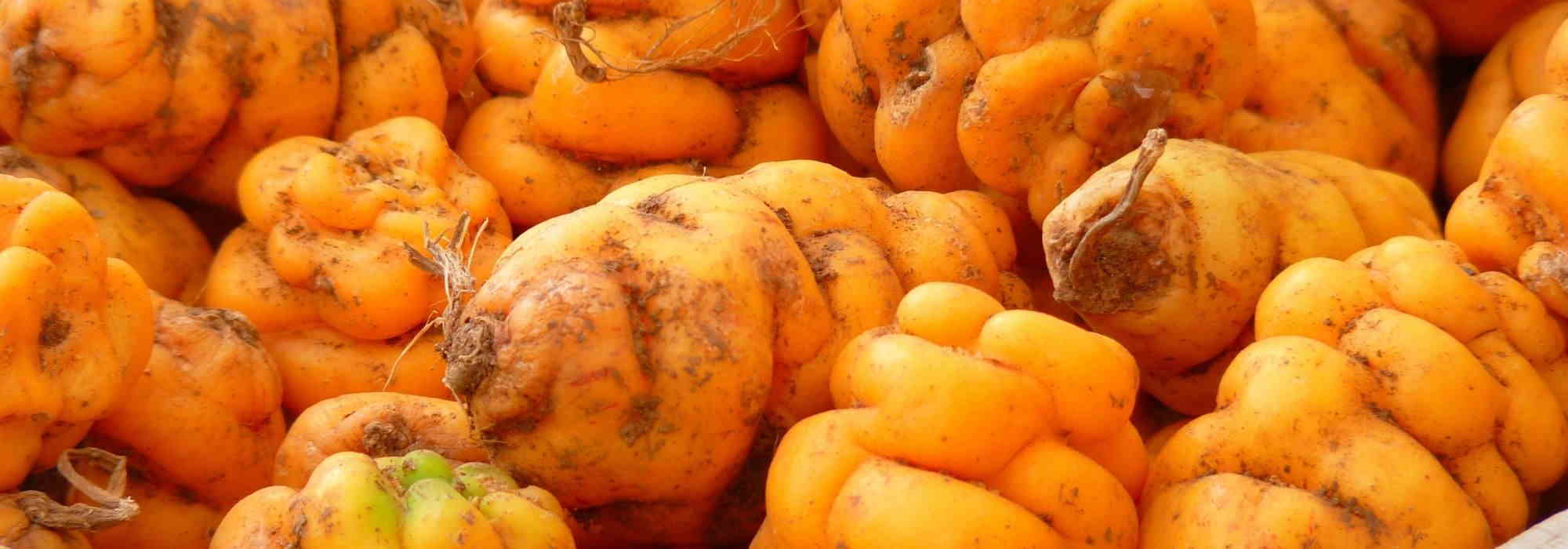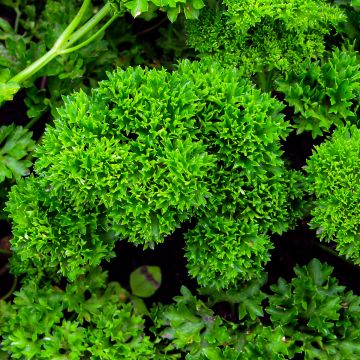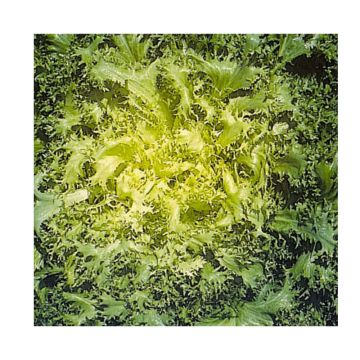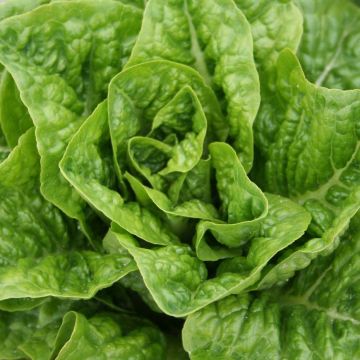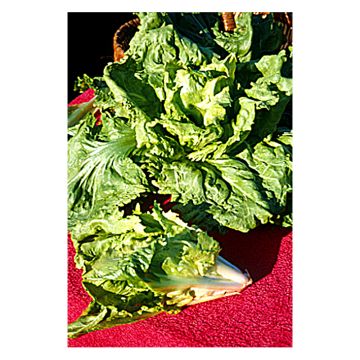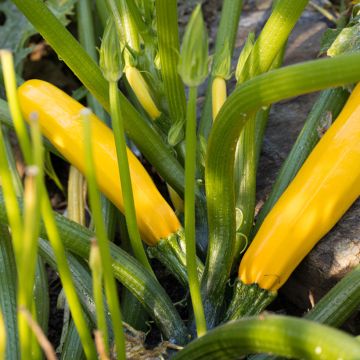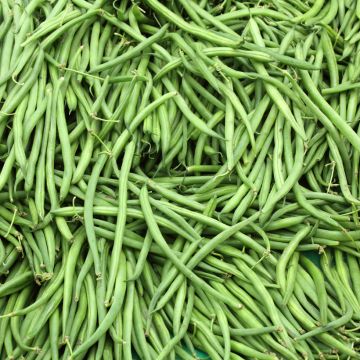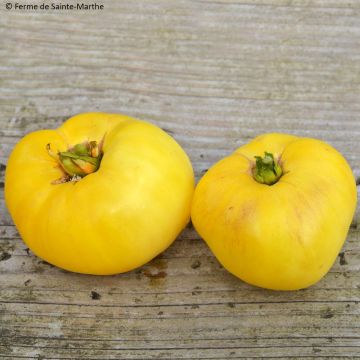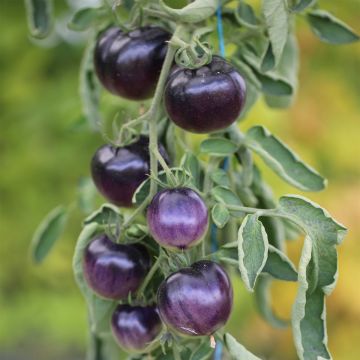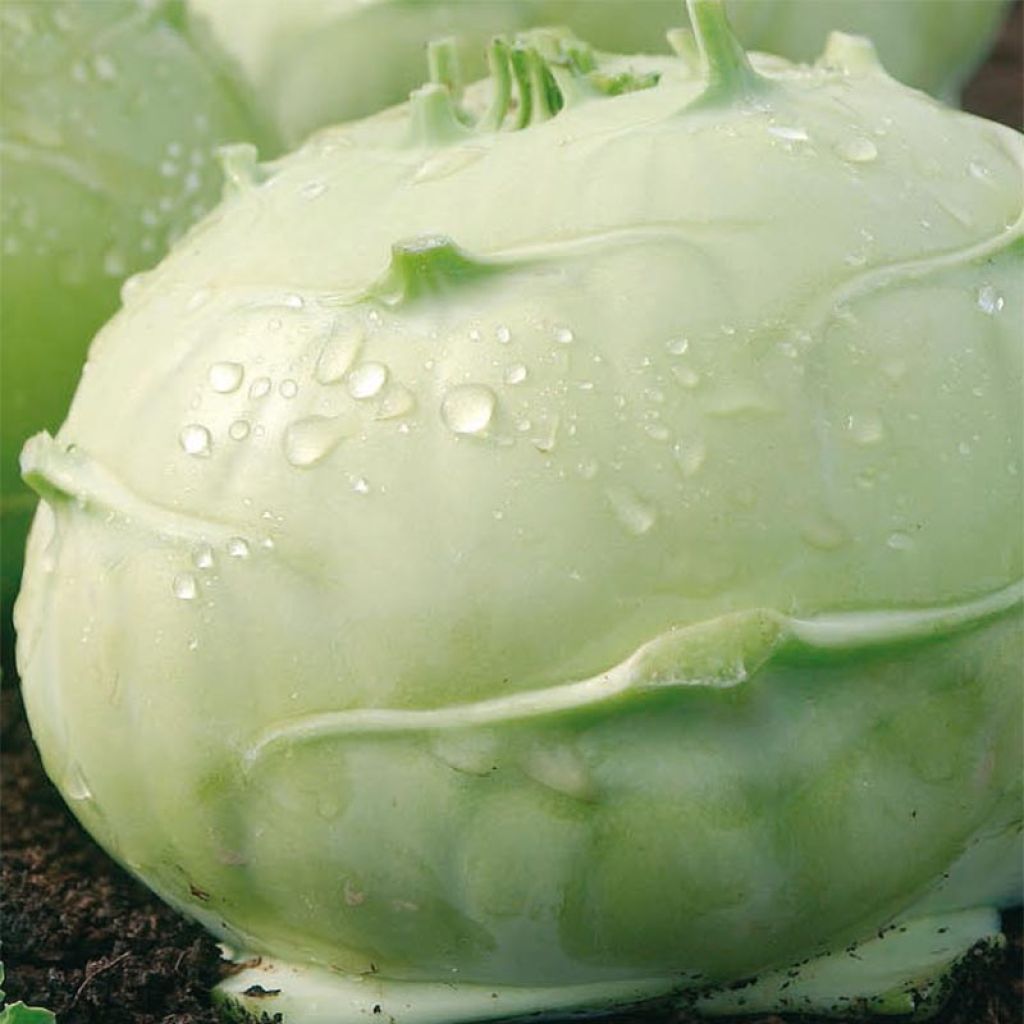

Early White Vienna Kohlrabi - Brassica oleracea gongylodes
Early White Vienna Kohlrabi - Brassica oleracea gongylodes
Brassica oleracea gongylodes Blanc de Vienne
Kohlrabi 'Early White Vienna'
Good germination, easy cultivation
Frederic, 17/07/2021
Special offer!
Receive a €20 voucher for any order over €90 (excluding delivery costs, credit notes, and plastic-free options)!
1- Add your favorite plants to your cart.
2- Once you have reached €90, confirm your order (you can even choose the delivery date!).
3- As soon as your order is shipped, you will receive an email containing your voucher code, valid for 3 months (90 days).
Your voucher is unique and can only be used once, for any order with a minimum value of €20, excluding delivery costs.
Can be combined with other current offers, non-divisible and non-refundable.
Home or relay delivery (depending on size and destination)
Schedule delivery date,
and select date in basket
This plant carries a 6 months recovery warranty
More information
We guarantee the quality of our plants for a full growing cycle, and will replace at our expense any plant that fails to recover under normal climatic and planting conditions.
Description
Brassica oleracea gongylodes 'Early White Vienna' is an early variety of kohlrabi that bears beautiful, tender and tasty white bulbs. Its growth is particularly rapid. Sow the seeds from March to July for a harvest from June to November, when the bulbs reach a diameter of 7 to 8cm (3in).
Partly fallen into disuse because it was consumed too much during the war, kohlrabi is an ancient vegetable that is gradually reappearing on our plates. This somewhat forgotten vegetable is tasty and nutritious.
Kohlrabi belongs to the large Brassicaceae family. Originally from Europe, it is a vegetable plant whose stem swells at ground level to form a ball 6 to 20cm (2 to 8in) in diameter, with large leaves arranged in rosettes.
This vegetable, with its rather unusual appearance, boasts a very delicate flavour with hazelnut notes. It can be eaten raw or cooked, and is delicious in salads, carpaccio, glazed with honey, or in a gratin. Kohlrabi leaves are also edible and can be used in soups, just like radish leaves, for example.
From a dietary point of view, it is remarkable: it is low in calories and very rich in vitamins C and B3. It also contains a lot of fibre and minerals like calcium.
Growing kohlrabi is quite easy. It thrives in full sun or partial shade. It is slightly less demanding than most brassicas, but still requires a good base fertilisation and regular moisture.
Harvest: it is generally harvested from July to early November (75 days on average after sowing), depending on its needs. Simply uproot the plant.
Storage: kohlrabi can be stored for a fairly long time in a cellar or pantry, and can be kept for several days in the refrigerator. It also freezes very well after being blanched for 5 minutes in salted boiling water.
Gardener's tip: when the plants are developed, we recommend that you mulch the soil with successive thin layers of grass clippings, if possible mixed with dead leaves. This protection keeps the soil moist and reduces weeds.
Harvest
Plant habit
Foliage
Botanical data
Brassica
oleracea
gongylodes Blanc de Vienne
Brassicaceae
Kohlrabi 'Early White Vienna'
Cultivar or hybrid
Annual
Other Kohl rabi seeds
View all →Planting and care
Sowing
The germination temperature is between 7 and 30°C (44.6 and 86°F). It takes between 8 and 10 days.
Sow from March to July for a harvest from June to November, when the bulbs reach 7 to 8cm (3in) in diameter.
You can either directly sow the seeds in place or prepare seedlings that will be planted in their final position in the garden.
Seedling preparation
Sow the seeds at a depth of 1.5cm (1in) in good seed compost. Lightly cover with compost or vermiculite. Keep the substrate moist but not waterlogged.
When the young plants appear strong enough to be handled, transplant them to their final position, respecting the recommended distances for direct sowing.
Direct sowing
In properly amended and finely worked soil, make furrows 1cm deep, spaced 30cm (12in) apart. Sow the seeds every 3cm (1in) and cover them with a thin layer of fine soil. When the seedlings are well developed, thin them out, leaving only one plant every 20 to 25cm (8 to 10in). Earthing up should be done when the bulbs start to form.
Cultivation
Kohlrabi is grown in full sun or partial shade. Its cultivation is fairly easy as it is slightly less demanding than most brassicas, but it still requires a good base fertilisation and regular moisture. In autumn, apply well-rotted compost (approximately 3kg per m²) by raking it into the soil to a depth of 5cm (2in), after having loosened the soil. In acidic soil, it will be necessary to gradually raise the pH by adding calcium in the form of dolomite or lime.
Seedlings
Care
Intended location
Planting & care advice
-
, onOrder confirmed
Reply from on Promesse de fleurs
Similar products
Haven't found what you were looking for?
Hardiness is the lowest winter temperature a plant can endure without suffering serious damage or even dying. However, hardiness is affected by location (a sheltered area, such as a patio), protection (winter cover) and soil type (hardiness is improved by well-drained soil).

Photo Sharing Terms & Conditions
In order to encourage gardeners to interact and share their experiences, Promesse de fleurs offers various media enabling content to be uploaded onto its Site - in particular via the ‘Photo sharing’ module.
The User agrees to refrain from:
- Posting any content that is illegal, prejudicial, insulting, racist, inciteful to hatred, revisionist, contrary to public decency, that infringes on privacy or on the privacy rights of third parties, in particular the publicity rights of persons and goods, intellectual property rights, or the right to privacy.
- Submitting content on behalf of a third party;
- Impersonate the identity of a third party and/or publish any personal information about a third party;
In general, the User undertakes to refrain from any unethical behaviour.
All Content (in particular text, comments, files, images, photos, videos, creative works, etc.), which may be subject to property or intellectual property rights, image or other private rights, shall remain the property of the User, subject to the limited rights granted by the terms of the licence granted by Promesse de fleurs as stated below. Users are at liberty to publish or not to publish such Content on the Site, notably via the ‘Photo Sharing’ facility, and accept that this Content shall be made public and freely accessible, notably on the Internet.
Users further acknowledge, undertake to have ,and guarantee that they hold all necessary rights and permissions to publish such material on the Site, in particular with regard to the legislation in force pertaining to any privacy, property, intellectual property, image, or contractual rights, or rights of any other nature. By publishing such Content on the Site, Users acknowledge accepting full liability as publishers of the Content within the meaning of the law, and grant Promesse de fleurs, free of charge, an inclusive, worldwide licence for the said Content for the entire duration of its publication, including all reproduction, representation, up/downloading, displaying, performing, transmission, and storage rights.
Users also grant permission for their name to be linked to the Content and accept that this link may not always be made available.
By engaging in posting material, Users consent to their Content becoming automatically accessible on the Internet, in particular on other sites and/or blogs and/or web pages of the Promesse de fleurs site, including in particular social pages and the Promesse de fleurs catalogue.
Users may secure the removal of entrusted content free of charge by issuing a simple request via our contact form.
The flowering period indicated on our website applies to countries and regions located in USDA zone 8 (France, the United Kingdom, Ireland, the Netherlands, etc.)
It will vary according to where you live:
- In zones 9 to 10 (Italy, Spain, Greece, etc.), flowering will occur about 2 to 4 weeks earlier.
- In zones 6 to 7 (Germany, Poland, Slovenia, and lower mountainous regions), flowering will be delayed by 2 to 3 weeks.
- In zone 5 (Central Europe, Scandinavia), blooming will be delayed by 3 to 5 weeks.
In temperate climates, pruning of spring-flowering shrubs (forsythia, spireas, etc.) should be done just after flowering.
Pruning of summer-flowering shrubs (Indian Lilac, Perovskia, etc.) can be done in winter or spring.
In cold regions as well as with frost-sensitive plants, avoid pruning too early when severe frosts may still occur.
The planting period indicated on our website applies to countries and regions located in USDA zone 8 (France, United Kingdom, Ireland, Netherlands).
It will vary according to where you live:
- In Mediterranean zones (Marseille, Madrid, Milan, etc.), autumn and winter are the best planting periods.
- In continental zones (Strasbourg, Munich, Vienna, etc.), delay planting by 2 to 3 weeks in spring and bring it forward by 2 to 4 weeks in autumn.
- In mountainous regions (the Alps, Pyrenees, Carpathians, etc.), it is best to plant in late spring (May-June) or late summer (August-September).
The harvesting period indicated on our website applies to countries and regions in USDA zone 8 (France, England, Ireland, the Netherlands).
In colder areas (Scandinavia, Poland, Austria...) fruit and vegetable harvests are likely to be delayed by 3-4 weeks.
In warmer areas (Italy, Spain, Greece, etc.), harvesting will probably take place earlier, depending on weather conditions.
The sowing periods indicated on our website apply to countries and regions within USDA Zone 8 (France, UK, Ireland, Netherlands).
In colder areas (Scandinavia, Poland, Austria...), delay any outdoor sowing by 3-4 weeks, or sow under glass.
In warmer climes (Italy, Spain, Greece, etc.), bring outdoor sowing forward by a few weeks.






























